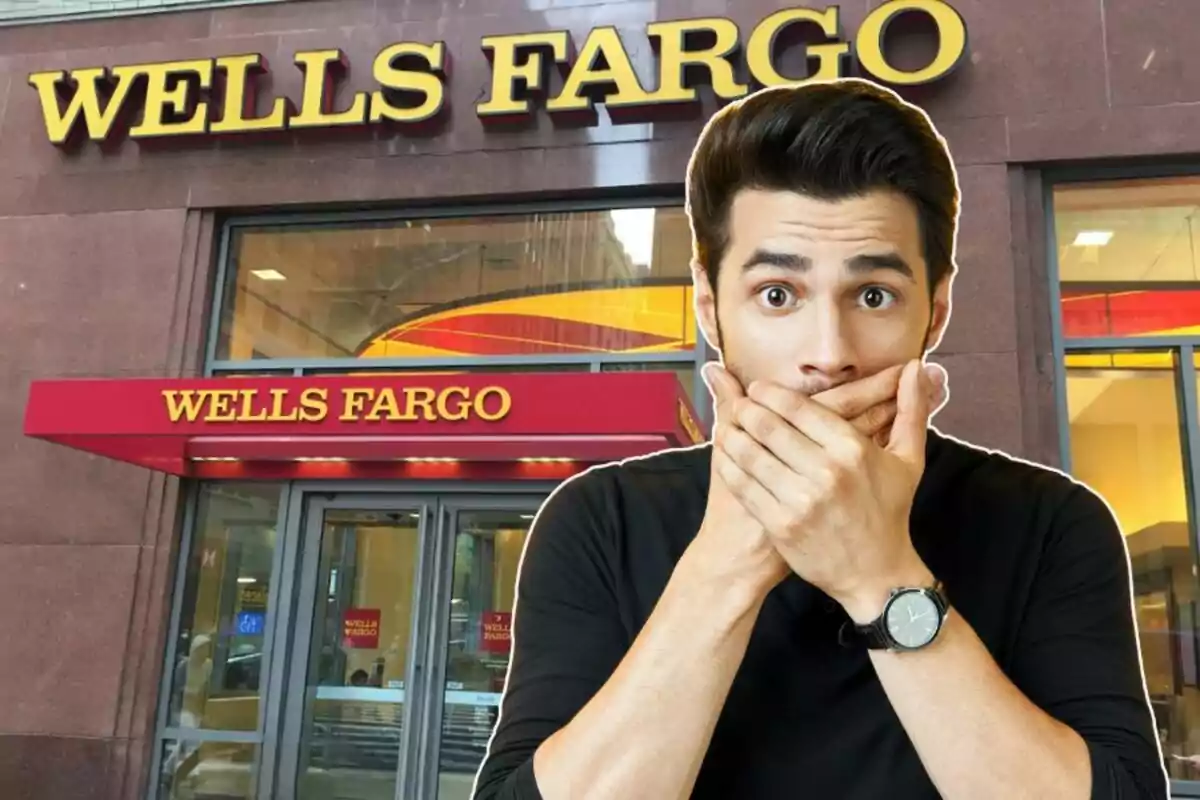
Verified: Wells Fargo has made it very clear, never do this or you’ll regret it
Wells Fargo takes this alert very seriously in the United States: do not even think about doing this or you will get into trouble
Wells Fargo, one of the largest banks in the United States, has issued an urgent alert to its customers about a new type of fraud that's on the rise: quishing. This term, which combines "QR" and "phishing," refers to scams that use fake QR codes to trick people and obtain their personal or financial information.
Maximum alert from Wells Fargo in the US: what is quishing and how does it work?
Quishing is a fraud technique in which scammers create malicious QR codes that, when scanned, redirect victims to fraudulent websites. These sites usually mimic legitimate pages, such as those of banks or well-known services, and request sensitive data like usernames, passwords, or bank account information.
These QR codes are often distributed through emails, text messages, social media, or even in public places, such as restaurants or charging stations. Cybercriminals take advantage of the trust people place in QR codes.

They can place fake QR codes over the original ones in public places or send them through digital means, accompanied by messages that create urgency, such as security alerts or irresistible promotions. When the code is scanned, the victim is directed to a website that appears legitimate, where they're asked to enter personal or financial information.
Why is it vital not to fall for the trap? Wells Fargo hits the mark
Falling for a quishing attack can have serious consequences. Scammers can access your bank account, make unauthorized transactions, or even steal your identity. In addition, some fraudulent sites can install malware on your device, further compromising your security.
There are signs that may indicate a quishing attempt: Messages that create urgency or fear, such as security alerts or limited-time promotions. Also, requests for personal or financial information after scanning a QR code.

Be careful with suspicious or misspelled URLs on the pages you access and QR codes in unusual places or that seem to have been placed recently.
What does Wells Fargo say about it? Stay alert
Wells Fargo has warned its customers that they will never request confidential information through QR codes. They recommend staying alert to warning signs and always verifying the authenticity of communications. If a suspicious message is received, you should contact the bank directly through official channels.
To protect yourself from quishing, it's important to avoid scanning QR codes from unknown or suspicious sources. You should verify the website URL the QR code leads to before entering any information.
Use scanning apps that offer additional security features and keep your device's operating system and apps updated. Enable multi-factor authentication on sensitive accounts and contact the relevant entity if you suspect a fraud attempt.
More posts: